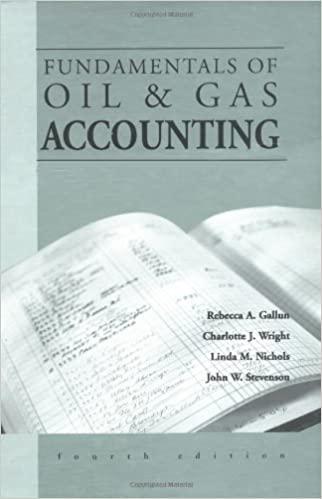Question
Ravsten Company uses a job-order costing system. On January 1, the beginning of the current year, the companys inventory balances were as follows: Raw materials
Ravsten Company uses a job-order costing system. On January 1, the beginning of the current year, the companys inventory balances were as follows:
| Raw materials | $ | 19,500 | |
| Work in process | $ | 11,400 | |
| Finished goods | $ | 30,700 | |
The company applies overhead cost to jobs on the basis of machine-hours. For the current year, the company estimated that it would work 36,700 machine-hours and incur $168,820 in manufacturing overhead cost. The following transactions were recorded for the year:
- Raw materials were purchased on account: $214,000.
- Raw materials were requisitioned for use in production: $197,000 (80% direct and 20% indirect).
- The following costs were incurred for employee services:
| Direct labour | $ | 165,600 | |
| Indirect labour | $ | 28,400 | |
| Sales commissions | $ | 38,100 | |
| Administrative salaries | $ | 82,800 | |
- Heat, power, and water costs were incurred in the factory: $45,150.
- Prepaid insurance expired during the year: $13,500 (85% relates to factory operations, and 15% relates to selling and administrative activities).
- Advertising costs were incurred, $53,500.
- Depreciation was recorded for the year: $64,200 (90% relates to factory operations, and 10% relates to selling and administrative activities).
- Manufacturing overhead cost was applied to production. The company recorded 41,400 machine-hours for the year.
- Goods that cost $510,900 to manufacture according to their job cost sheets were transferred to the finished goods warehouse.
- Sales for the year totalled $732,500 and were all on account. The total cost to manufacture these goods according to their job cost sheets was $504,500.
Required:
1. Prepare journal entries to record the transactions given above. (Do not round intermediate calculations. If no entry is required for a transaction/event, select "No journal entry required" in the first account field.)
2. Prepare T-accounts for inventories, Manufacturing Overhead, and Cost of Goods Sold. Post relevant data from your journal entries to these T-accounts (dont forget to enter the opening balances in your inventory accounts). Compute an ending balance in each account.
3-a. Is manufacturing overhead underapplied or overapplied for the year?
-
Underapplied overhead
-
Overapplied overhead
3-b. Prepare a journal entry to properly dispose of any balance in the Manufacturing Overhead account. (Do not round intermediate calculations and round your final answers to 2 decimal places. If no entry is required for a transaction/event, select "No journal entry required" in the first account field.)
4. Prepare an income statement for the year. (Round intermediate calculations to nearest whole number.)
Step by Step Solution
There are 3 Steps involved in it
Step: 1

Get Instant Access to Expert-Tailored Solutions
See step-by-step solutions with expert insights and AI powered tools for academic success
Step: 2

Step: 3

Ace Your Homework with AI
Get the answers you need in no time with our AI-driven, step-by-step assistance
Get Started


